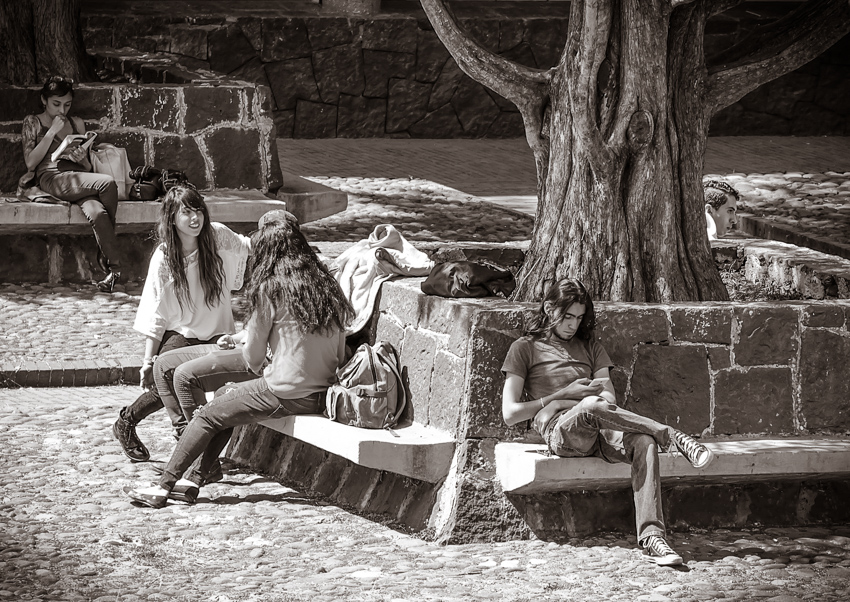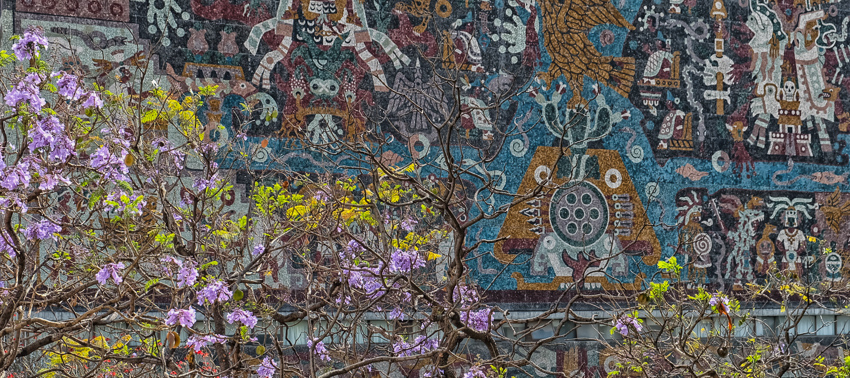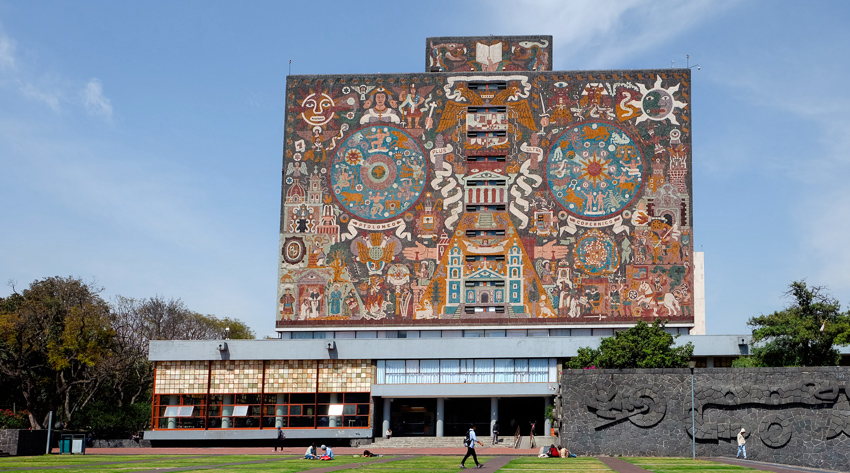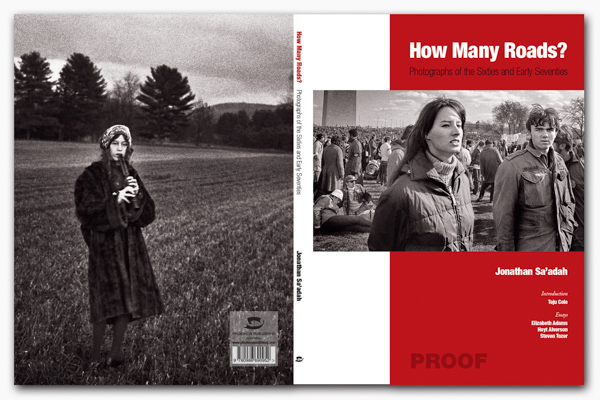
Part of a series on the making of the Losey film, M Klein (available on the Criterion Channel)
Joseph Losey in Hollywood
People often don’t fit into neat boxes. Joseph Losey defied easy classification. In the 1930s and 40s he was a young, breathtakingly handsome Hollywood director with an expanding stage and film reputation, known for his leftist politics and creative directing. He drove a pink Jaguar around town and had a highly public persona decorated with female movie stars and expensive tastes. He could be gracious in one moment and furious in the next, when his quizzical grin would turn hard steel. He could also be almost simultaneously thoughtful and thoughtless, the later often fueled by large amounts of alcohol.
Losey in forced exile and how this project started
Losey and many other people found their match in the vitriolic storm of McCarthyism that swept into United States in the late 1940s, because of which he was forced into personal and professional exile in England.
I met him on his first trip back to the United States in 1970. He had been hired as a “Visiting Professor” at Dartmouth College, where he picked me out of a class as a creative photographer. He returned to England after that term but we stayed in touch by letter. Five years later I received a fellowship to spend a year taking pictures in Beirut, and in late summer 1975, faced with the beginning of the Lebanese civil war, I was searching for another project to focus on. Losey suggested that I meet him in Paris where he’d give me access to photograph the making of his next film, to be shot both in a studio and on locations around the city. He wrote a convincing letter to the fellowship committee about how I should be allowed to change from low-cost Beirut to expensive Paris, and in due course I started taking pictures of him making the film M Klein in early October of 1975.
M Klein and French attitudes towards the Jews during WWII
I was lucky in that this film ended up being one of Losey’s enduring works. It was a disappointing failure commercially but it ranks as one of his most respected films. It also had the added dimension of bringing to light an unpopular topic in postwar French society: French racism and complicity in the Nazi extermination of the Jews and other ethnic minorities.
Losey wasn’t the first to deal with this subject. Marcel Ophul’s 1969 documentary The Sorrow and the Pity pre-dated M Klein by six years, and Louis Malle’s Lacombe, Lucien was released in the same period as Losey’s film, but Losey’s film was also high visibility and went into distribution in France, helped along by the popularity of the lead (Alain Delon). Even though the film wasn’t popular it increased the pressure and helped penetrate the French wall of resistance to even talking about what had happened during the war.
On the production side, both the Casting Director, Margot Capelier, and the Art Director, Alexandre Trauner, were Jews living in Paris at the start of the war (Capelier born there, and Trauner an immigrant) who had been forced to flee to southern France to escape the Nazi occupation, and the centrality of the Jewish persecution in the screenplay attracted them to the project. Capelier had lost members of her family. The film was typical of Losey’s best films: embracing large themes and weaving them into a cautionary tale with present-day relevance.
What made M Klein unusual
M Klein was the twenty-eighth feature length film directed by Losey, but his first in French. It tells the story of Robert Klein, a privileged but shady French art dealer who, through wartime suspicion and his own subsequent actions, becomes trapped in a web of bureaucratic confusion, ultimately coming face to face with the persecution of Jews during the WWII Nazi occupation of France.

There are, in fact, two M Kleins: Robert, who believes he is “French and Catholic since Louis XIV” and another who is a Jew fighting for the Resistance. The Catholic Klein, smoothly played by Alain Delon, is drawn like a moth to the Jewish Klein. Delon is joined by a standout cast including a caustically dour Jeanne Moreau, a two-faced French lawyer played by Michael Lonsdale, Suzanne Flon who gives a nuanced portrayal of the Jewish Klein’s concierge, and a laconically skillful performance by an elderly Louis Seigner in one of his final roles, as Klein’s father.
Most films contain a disclaimer that they are fictional. M Klein flips convention around, stating right at the beginning that what is shown is based on a composite of true stories from 1942 France.

In filming this story, Losey has several themes, and all of them center around questioning racism. One is that he highlights the transient nature of human identity. Who are we, how do we define ourselves, and how do others define us? Robert Klein is a comfortable, refined French Catholic minding his own business during the war period. However, when he is mistakenly identified as a Jew, his world is turned upside down. In delving into his past he is forced to confront the fact that his identity is not as fixed as he was brought up to believe – that there are shades of grey that are easy to exploit in a fascist environment.
The film also deals with the question of societal and personal guilt in racism. Robert Klein is not a Nazi sympathizer, but on the other hand he doesn’t much care (or think) about what is happening. He is a man who, like many others, is content to go about his business and ignore the suffering of others. The end of the film makes it so he has to confront his own complicity in the racism that he had ignored before.
Finally, there are themes of memory and history in constructing narratives of racism. As Robert Klein delves deeper into the mystery of his mistaken identity, he begins to uncover a web of lies and deception that have been woven around him since childhood by his family. He realizes that the past is not always what it seems, and that truth can be elusive, and again can easily be used against a person.
M Klein is a thought-provoking film that explores some of the most complex and difficult themes of the 20th century. It is a film that challenges us as viewers to confront our own beliefs and assumptions about identity, guilt, and history. It’s not by accident that these themes attracted major actors and film professionals who were, like Joseph Losey, committed to social justice and truth, nor is it at all surprising that in view of its unpopular themes the film failed to find a favorable reception in France. What made the M Klein unusual was to have committed people working together on a theme that they knew would be unpopular, but still wanted to make it and advance the discussion of racism during the war.

































Recent Comments